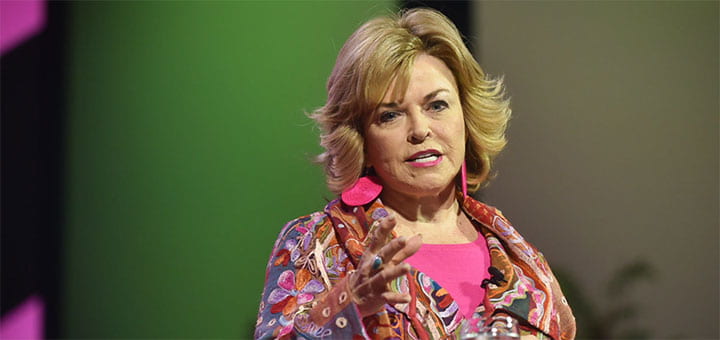Category: Professional Development
-

The Metaverse & Working In-Between
By
|
In a post-COVID world, the phrases “work from home” and “remote work” have become a significant part of organizational culture. Related to this trend is the idea of the metaverse, or that space where work takes place between the physical and virtual desks. If you haven’t heard of the metaverse yet, just wait. History shows…
-

Keys to a Successful Mentoring Relationship
By
|
Without a doubt, mentorships help people improve their knowledge and develop skills for the future. The mentor and mentee both benefit from this relationship. The relationship the two share is vital to creating a successful mentoring experience. So, how do you foster this relationship? Get to know each other Like all relationships, a mentoring relationship…
-

September is Self-Improvement Month
By
|
Self Improvement Month reminds us that we all need to improve. It’s an opportunity for us to assess how satisfied we are with ourselves and to take the necessary steps to become who we aspire to be. The editorial team at Indeed came up with “20 Project Ideas for Self-Improvement,” and we offer some suggestions…
-

The Link Between Storytelling & Mentoring
By
|
The Star Wars Saga famously uses Joseph Campbell’s monomyth framework of storytelling. Sometimes called “the hero’s journey,” the protagonist begins with a “Call to Adventure,” and proceeds through seventeen stages, including “Supernatural Aid.” That is, once the hero – through a few stops and starts – is committed to their quest, they are aided with…
-

Big Brothers Big Sisters
By
|
Big Brothers Big Sisters was organized 100 years ago, based on mentoring. In other words, the idea that “littles” would be powerfully influenced in positive ways by “bigs.” New CEO Artis Stevens appears on The Today Show recently to share his bold vision for the “largest one-to-one mentoring organization in the country.” View the story on The Today…
-

Mentoring as a Super Power
By
|
Pat Mitchell is a groundbreaking media icon, global advocate for women’s rights and co-founder and curator of TEDWoman. She is also a passionate mentor. She believes mentoring “can close the gender gap in leadership in this country and around the world.” In her book, Becoming a Dangerous Woman: Embracing Risk to Change the World, which is…
-

Chasing Strengths
By
|
What Really Matters in Effective Leadership The maxim may be true that you cannot lead others if you don’t understand yourself. However, leading only with a strengths-based focus can reveal character blind spots, which may cascade to organizational weaknesses. For example, a creative, big-picture thinker who cannot translate their vision into a realistic operating plan with specifics…
-

Defining Leadership for Yourself
By
|
According to Merriam-Webster, the definition of leadership encompasses: 1) the office or position of a leader; 2) capacity to lead; 3) the act or instance of leading; and 4) leaders. Leadership is personal and organizational. It can be demand-driven, purpose-driven, people-driven or all three. Leadership can be described differently by different people, depending on their vantage point.…
-

What the High-Value Companies Know
By
|
The Importance of Professional Development Comparably launched in March 2016 as a compensation data and culture platform with the mission of “making workplaces transparent and rewarding for both employees and employers.” Comparably ranks companies on their culture, based on a variety of factors, as contributed by real employees. A key factor for culture is professional development. Says…
-

Dismantling Bias
By
|
CAREER & BUSINESS The first hurdle we face as a society in dismantling bias is our own natures. Bias is baked into our brains. We literally can’t function if we don’t categorize the information we’re constantly exposed to: familiar, strange, interesting, boring. It is necessary for us to make inferences and assumptions. Otherwise, we’d be…

